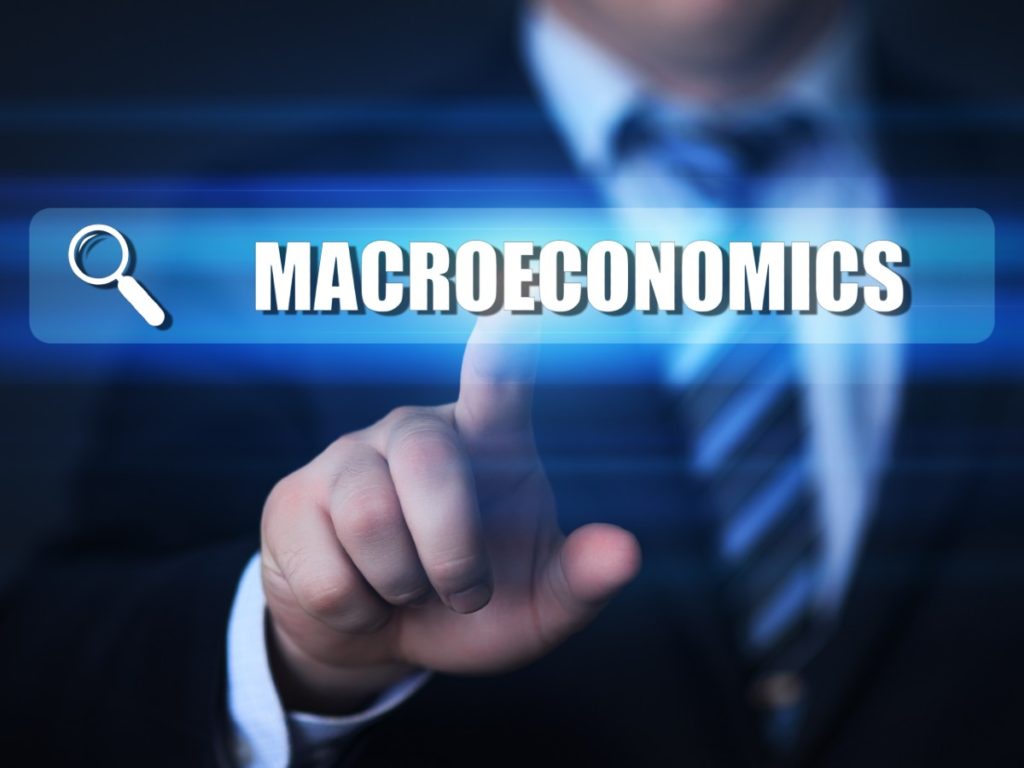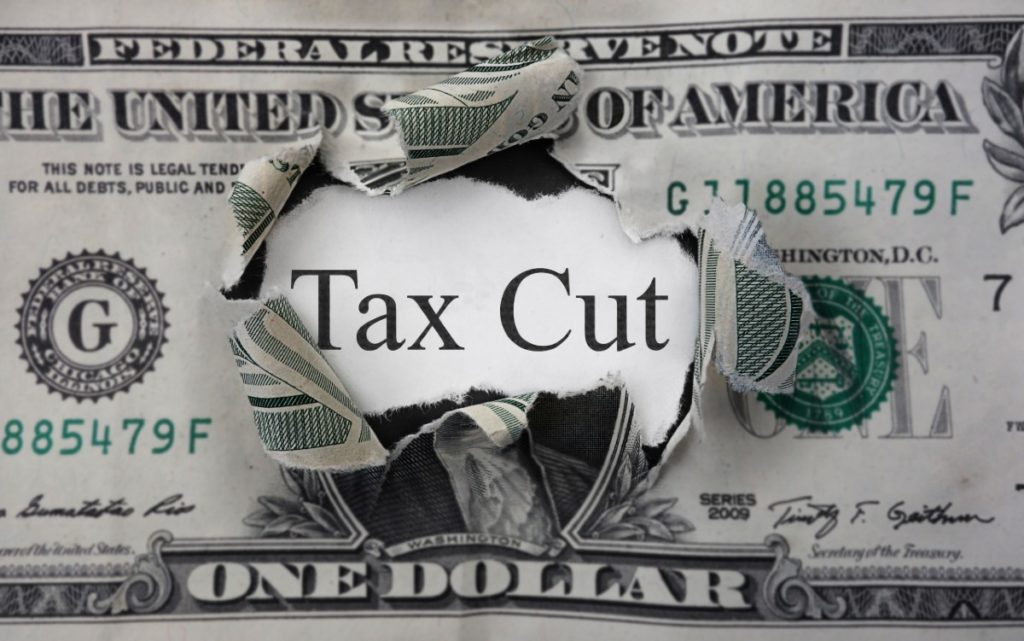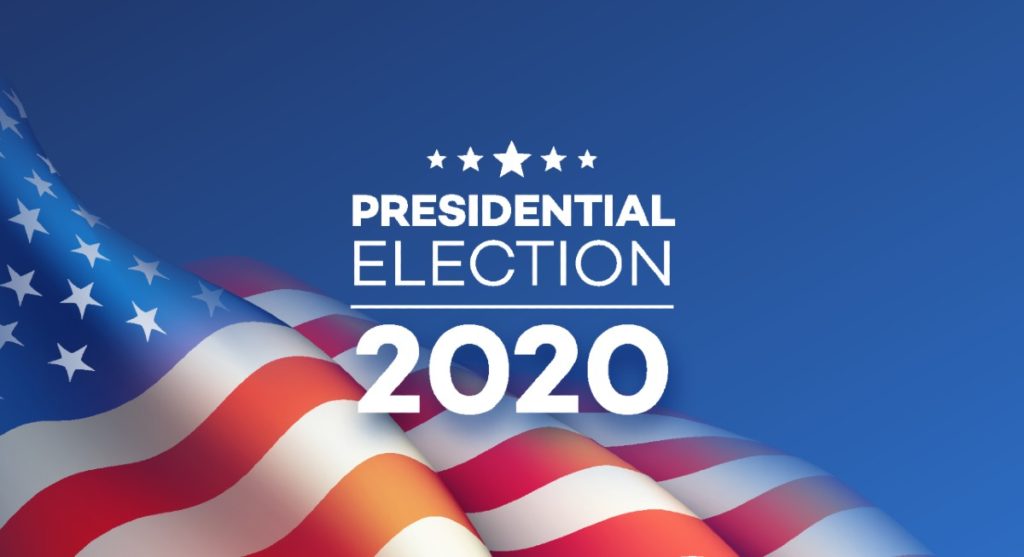The November election is a focal point for our nation. Individuals are watching closely, given the wide divide between Trump vs. Biden on issues, many that will impact U.S. economical health for years to come. For financial investment experts like the leadership of Stableford Capital, we’re particularly interested as many factors influence the strength and stability of national and global markets, including government and economic policies.
 So, how do investment professionals keep up with the changes? Stableford closely watches the markets, engages in technical analysis, and reviews publications by leading economic experts. The September 23, 2020, Moody’s Analytics analysis, The Macroeconomic Consequences: Trump vs. Biden compares the four potential outcomes of the election and provides a picture of what we can expect based on the candidate’s economic proposals.
So, how do investment professionals keep up with the changes? Stableford closely watches the markets, engages in technical analysis, and reviews publications by leading economic experts. The September 23, 2020, Moody’s Analytics analysis, The Macroeconomic Consequences: Trump vs. Biden compares the four potential outcomes of the election and provides a picture of what we can expect based on the candidate’s economic proposals.
Before we get into the nuts and bolts of Moody’s Analytics’ findings, I want to emphasize I’m not endorsing or predicting the success of either candidate – this is based entirely on Moody’s analysis. I will touch on both candidates’ proposals, specifically in the areas of taxes and spending without going into deep detail.
Trumps’ Proposal
To quantify the Trump intentions, Moody’s analysts had to be more assumptive, using current policies and information gleaned during campaign and national addresses as there was a lack of specificity in economic proposals.
 No surprise that the President intends to cut taxes over his next term. His tax cuts will likely come from extending the 2017 Tax Cuts and Jobs Act, which will expire after 2025; Moody’s assumes they will become permanent. This includes lower individual taxes, expanded child tax credits and more exemptions to the estate and gift taxes. Capital gains indexing and reduction in payroll taxes are also likely. And some corporate tax credits are likely, including “Made in America” credits to encourage insourcing of jobs in the U.S.
No surprise that the President intends to cut taxes over his next term. His tax cuts will likely come from extending the 2017 Tax Cuts and Jobs Act, which will expire after 2025; Moody’s assumes they will become permanent. This includes lower individual taxes, expanded child tax credits and more exemptions to the estate and gift taxes. Capital gains indexing and reduction in payroll taxes are also likely. And some corporate tax credits are likely, including “Made in America” credits to encourage insourcing of jobs in the U.S.
There will be less infrastructure spending, with most of the cuts happening in health care. A reduction in Medicare payments for graduate medical education, uncompensated care and more. He will also reduce spending programs in the social safety net. However, he proposes an increase in spending on roadways, defense, broadband outreach and more – many that will benefit U.S. business as well as individuals.
Biden’s Proposal
The Biden proposals were specific and wide-ranging with many familiar strategies, (i.e. tax increases and infrastructure investments) while  others were more creative (i.e. eldercare initiatives). The former Vice-President intends to increase taxes paid by corporations and high-income individuals, with the middle-class largely untouched by his proposal. Most of the new tax revenue will come from increased corporate taxes.
others were more creative (i.e. eldercare initiatives). The former Vice-President intends to increase taxes paid by corporations and high-income individuals, with the middle-class largely untouched by his proposal. Most of the new tax revenue will come from increased corporate taxes.
There will be a substantial increase in government spending and the new tax revenue will help to offset the costs. Education, the social safety net and healthcare will benefit, with most of the spending used to generate new jobs to return the economy to full employment as quickly as possible.
Comparing Potential Campaign Outcomes
The four potential campaign scenarios in order of probability, from most likely to least likely are:
- Biden wins, Senate remains Republican, House remains Democrat – 40% likelihood
- Trump wins, Senate remains Republican, House remains Democrat – 35% likelihood
- Biden wins and Democrats sweep – 20% likelihood
- Trump wins and Republicans sweep – 5% likelihood
With policy harder to approve with a split congress, policy changes will likely be modest and passed by Executive Order.
Conclusion: Trump vs. Biden
Even if there is a split Congress with policy, Moody’s concludes, “To this end, even allowing for some variability in the accuracy of the economic modeling and underlying assumptions that drive our analysis, we conclude that Biden’s economic proposals would result in a stronger U.S. economy than Trump’s. Largely because of Biden’s substantially more expansive fiscal policies, the economy would return to  full employment more quickly coming out of the pandemic than under Trump—in the second half of 2022 under Biden compared with the first half of 2024 under Trump.”
full employment more quickly coming out of the pandemic than under Trump—in the second half of 2022 under Biden compared with the first half of 2024 under Trump.”
However, the analysis also states that there will be a higher U.S. deficit under Biden, which could increase interest rates. Under the current administration, the U.S. Treasury is committed not to increase interest rates until the economy returns to full employment, which will be mid-2022 according to Moody’s predictions. And the report noted that Biden’s spending proposal is front-loaded and decreases spending when Americans are employed again. This bodes well for long-term economic health.
Although the economy is expected to recover under the programs Trump will enact if he is elected, recovery may be at a slower rate. And, because there won’t be as big of a deficit, there may be more investment opportunities during a Republican White House.
Final Thoughts
Keep in mind that report projections aren’t facts. They are good guesses based on analyzing the candidate’s proposals, likely congressional behavior and historic economic adjustments based on government policy changes.
 It’s similar to financial investment advisors analyzing the market to determine the viability of stocks and investments. There are a lot of factors, including the market trajectory and goals of the client. At Stableford, we protect our clients against the downside first, meaning we look to protect the assets, then we look for opportunities to grow the assets.
It’s similar to financial investment advisors analyzing the market to determine the viability of stocks and investments. There are a lot of factors, including the market trajectory and goals of the client. At Stableford, we protect our clients against the downside first, meaning we look to protect the assets, then we look for opportunities to grow the assets.
Although most of us have a favorite candidate, no matter who wins the White House, keep In mind that the unexpected doesn’t have to interfere with your plans. If you’re looking for a partner that is a fiduciary and is committed to considering your needs first schedule a 15-minute complimentary consultation or subscribe to the Stableford Capital Market Blast.
